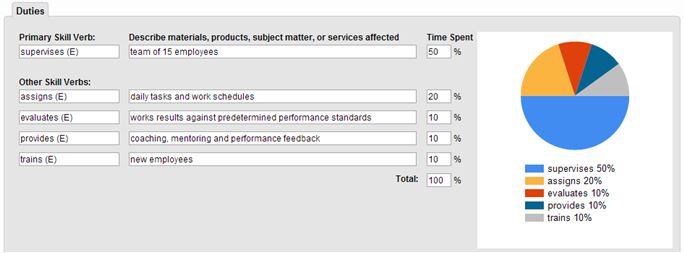In March 2014, significant changes were proposed to the Fair Labor Standards Act and targeted for likely enactment in mid to late 2015; they are still pending a public notice and comment period. One of the changes that employers should follow is the possible elimination of the concurrent duties exemption of primary duties for the executive exemption test.
Some employers rely on this provision for first time supervisors promoted from non-exempt positions who now have new “performance manager” and “operations manager” responsibilities. These new responsibilities qualify them for executive exemption, yet such employees concurrently spend substantial amounts of time performing the non-exempt duties of their previous roles. For example, a hotel’s housekeeping supervisor will manage housekeeping and the staff, yet is expected to perform general housekeeping duties when there is down time. The gray area is the percent of time spent on “executive duties.” Other than California (which requires 50% of primary duties to be executive duties), the other states do not quantify the threshold.
To comply with the FLSA executive exemption, the employer should conduct a job analysis using a systematic approach to collecting job content. Then the job analysis results need to be evaluated against three specific criteria for the executive exemption test:
- Primary duty is management of the enterprise or of a customarily recognized department or subdivision;
- Customarily and regularly directs the work of two or more other employees; and
- Authority to hire or fire, or having suggestions and recommendations given particular weight as to hiring, firing, advancement promotion or any other change of status to other employees.
Below are two screenshots from ERI Economic Research Institute’s Occupational Assessor, a job analysis application for employers to use in assessment FLSA exemptions.
Screenshot #1: Here, the user summarizes job analysis results into the primary duty and top four responsibilities, which in total comprise 100% of the job content. The analyst is also required to specifically assign percentages for each duty.
Screenshot #2: The user documents his or her evaluation of the criteria for the executive exemption by answering and providing justification of the responses, as displayed in the image below.
ERI anticipates that most retail or consumer service industries will be affected by this possible change, requiring them to either redesign jobs and operations workflow or simply reclassify these jobs as non-exempt and pay overtime. To learn more about how you can effectively manage FLSA related job analysis, call ERI at 1-800-627-3697.





